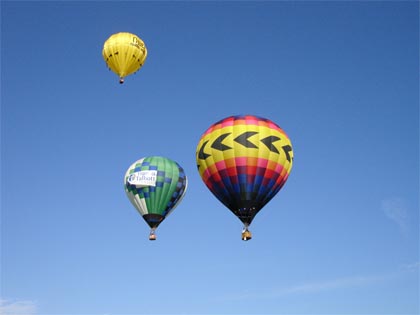You may think that experimental filmmaking is too avant-garde or inaccessible, but it’s actually a dynamic and boundary-pushing form of storytelling. In experimental filmmaking, creators utilize innovative techniques to challenge traditional storytelling norms and captivate audiences in new and unexpected ways. By pushing the boundaries of traditional filmmaking, experimental filmmakers are able to evoke powerful emotions and provoke thought-provoking reactions from viewers. This form of storytelling is constantly evolving, embracing new technologies and techniques to create impactful and immersive experiences. Experimental filmmaking is not just about breaking rules, but about redefining the possibilities of short form storytelling, making it an exciting and influential force in the world of cinema.

Evolution of Experimental Filmmaking
Exploring the evolution of experimental filmmaking, you’ll discover how it has continually challenged conventional storytelling techniques. From its early roots in the avant-garde movements of the 1920s to the digital revolution of the 21st century, experimental filmmaking has defied traditional narrative structures and visual styles. This evolution has been marked by a constant quest to push the boundaries of cinematic expression, embracing new technologies, unconventional editing techniques, and non-linear storytelling. As experimental filmmakers sought to break free from the confines of mainstream cinema, they paved the way for innovative approaches to visual storytelling, often blurring the lines between fiction and reality. This evolution has not only expanded the possibilities of cinematic art but has also inspired mainstream filmmakers to incorporate experimental elements into their work, shaping the landscape of contemporary storytelling.
Techniques and Innovations
Pushing the boundaries of cinematic expression requires embracing new technologies and unconventional editing techniques, allowing you to create innovative approaches to visual storytelling in experimental filmmaking. One such technique is the use of non-linear storytelling, where the narrative is presented out of chronological order, challenging traditional storytelling structures. Employing this method can evoke a sense of disorientation, prompting the audience to engage more actively with the film. Another innovation is the incorporation of sensory elements such as haptic feedback or olfactory components, immersing the viewer in a multisensory experience. Additionally, experimental filmmakers are exploring the use of interactive storytelling, enabling the audience to influence the narrative through their choices. These techniques and innovations redefine the conventional boundaries of filmmaking, opening up new possibilities for creative expression in the realm of short form storytelling.
Impact on Audience Perception
By incorporating sensory elements and engaging in interactive storytelling, experimental filmmaking challenges traditional audience perceptions and invites a more immersive viewing experience. This approach prompts viewers to actively participate in the narrative, blurring the lines between storyteller and audience. Through the use of unconventional techniques such as non-linear storytelling, abstract visuals, and disruptive soundscapes, experimental filmmakers disrupt the passive viewing experience, prompting audiences to question their preconceived notions of storytelling and visual communication. The result is a heightened sense of engagement and a deeper connection to the narrative, as viewers are compelled to interpret and interact with the film in a more personal and introspective manner. This shift in perception not only elevates the viewing experience but also encourages a more profound reflection on the themes and messages conveyed in the experimental film.
Future of Short Form Storytelling
How will experimental filmmaking shape the future of short form storytelling? As technology continues to evolve, experimental filmmaking techniques will likely become more accessible, allowing for greater innovation in short form storytelling. The future of short form storytelling will be characterized by a heightened emphasis on visual experimentation, unconventional narratives, and immersive storytelling experiences. With the advent of virtual reality and augmented reality technologies, short form storytelling may transcend the traditional boundaries of the screen, offering audiences unprecedented levels of engagement and interactivity. Furthermore, the democratization of filmmaking tools and platforms will empower a more diverse range of storytellers to explore experimental approaches, leading to a rich tapestry of unique and thought-provoking short form narratives. As a result, experimental filmmaking is poised to revolutionize the future of short form storytelling by pushing boundaries and challenging conventional storytelling norms.
